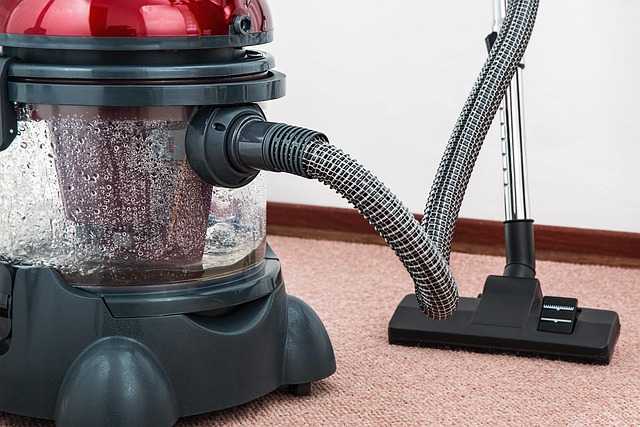Homeowners often assume that if there’s no musty odor, there’s no mold. It’s an understandable belief—after all, that damp, earthy smell is one of the most recognizable clues of a moisture problem. But relying on scent alone can create a false sense of security. In many homes, mold can take hold quietly, long before any smell reaches your nose. Understanding how and where this happens can help prevent costly repairs and protect your indoor air quality.
1. Not All Mold Produces a Noticeable Odor
While some mold species release strong microbial volatile organic compounds (MVOCs), others are far less pungent or nearly odorless. In newer or well-ventilated homes, even active mold growth may not produce a detectable scent because the airflow disperses those compounds before they build up. Additionally, if mold is growing behind walls, under flooring, or within insulation, any odor can be trapped and contained within that cavity.

2. Moisture Problems Often Start Out of Sight
Moisture is the real trigger for mold growth, and it rarely announces itself right away. A slow leak from a pipe, a poorly sealed window, or condensation from an HVAC system can all create damp areas that stay hidden for months. By the time any smell develops, the materials behind drywall or beneath carpet padding may already be compromised. Homeowners sometimes discover the problem only when paint begins to bubble, flooring warps, or stains appear—long after the mold has quietly spread.
3. Seasonal and Environmental Factors Can Mask Odors
In some cases, humidity levels or outdoor conditions can temporarily hide mold-related smells. During cooler months, closed windows and drier air can reduce odor intensity. Conversely, during summer, a strong HVAC system or dehumidifier might circulate air quickly enough to disperse any trace of mustiness. This can make it easy to overlook a problem that’s growing slowly behind the scenes.
4. Subtle Signs Are Often Overlooked
Instead of waiting for a smell, it’s more reliable to look for physical or environmental indicators. Discoloration on drywall, slight darkening at ceiling corners, or persistent condensation on windows can all suggest a moisture imbalance. Even unexplained allergy-like symptoms—such as coughing, sneezing, or eye irritation that improves when you leave the house—can hint at hidden mold.
5. Regular Inspections and Moisture Control Are Key
A proactive approach is the best defense. Inspect areas prone to dampness, such as basements, crawl spaces, attics, and around plumbing fixtures. Keep humidity levels below 50%, ensure good ventilation, and address leaks promptly. Professional moisture mapping or infrared scanning can help locate trouble spots before they turn into full-scale mold problems.
A home doesn’t need to smell musty to harbor mold. By recognizing that odor is only one possible clue—and often a late one—you can stay ahead of hidden moisture issues and maintain a healthier, more resilient living space.

Recent Comments